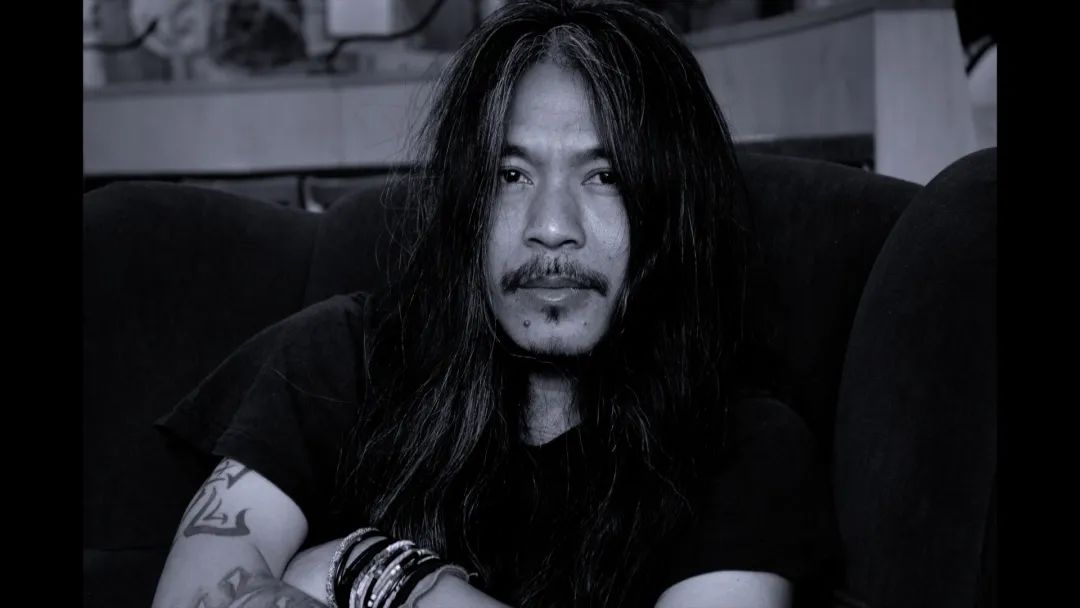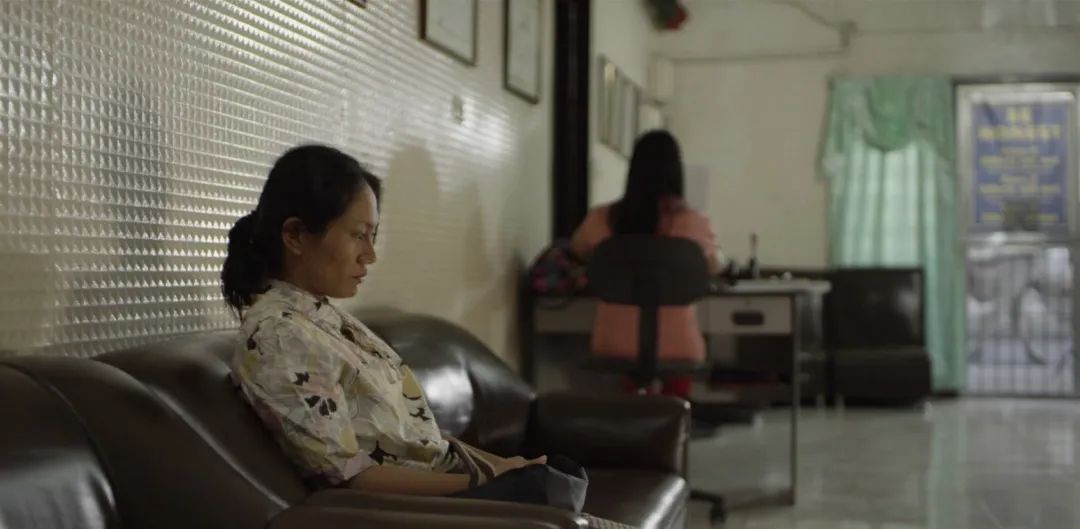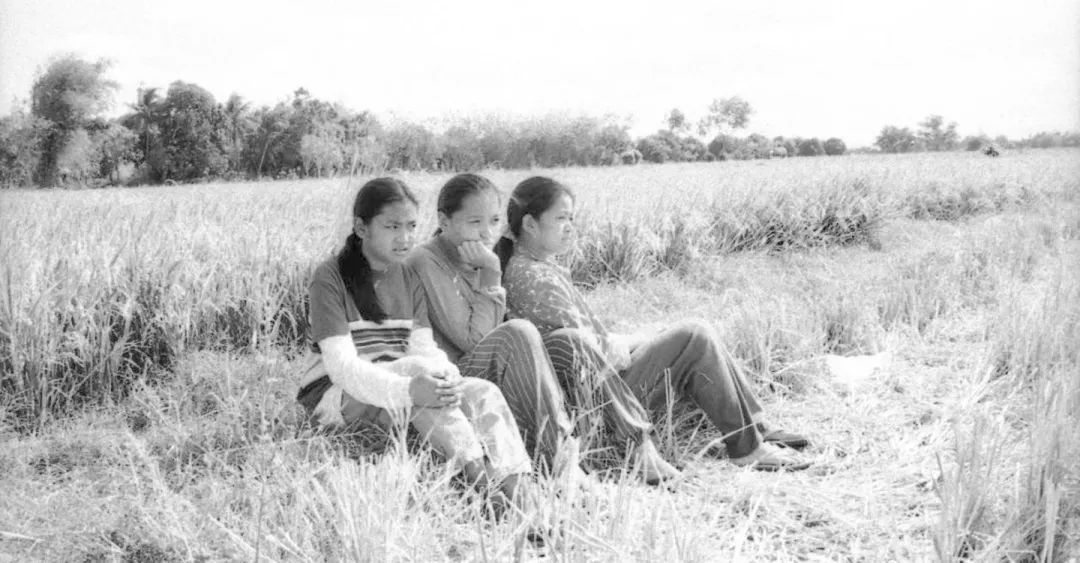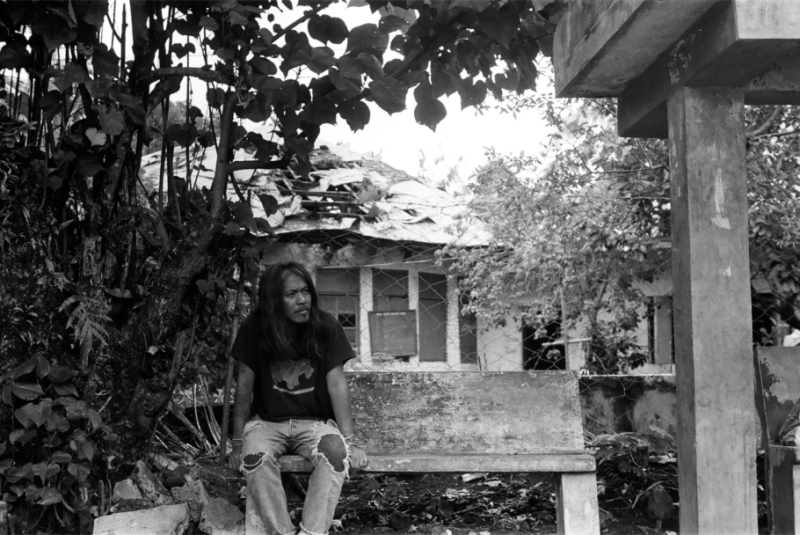2020-07-31
Master Class | Lav Diaz: Making Movies in an “Organic” Way
The Master Class of the 23rd Shanghai International Film Festival continued today with lecturer Lav Diaz, a new generation Filipino director and independent film producer. In 2014, Diaz won the Golden Leopard Award at the 67th Locarno International Film Festival for his “From What Is Before”. In 2016, he was nominated for the Golden Bear Award of the main competition unit of the 66th Berlin International Film Festival for his “A Lullaby to the Sorrowful Mystery”, and finally won the Alfred Baur Silver Bear Award; in the same year, he won the Golden Lion Award for Best Film of the main competition unit of the 73rd Venice Film Festival for his “The Woman Who Left”.
Lav Diaz is known as the representative of the “Slow Cinema Movement” because of the slow pace and inconceivable super-long time of his works. It is interesting that, in his personal life, he is also a practitioner of the “Slow Cinema Movement”— He doesn\'t use social media, and doesn\'t even have a cell phone. He specially recorded a video for the Master Class and sent it to Shanghai, joking that it was a dialogue with Chinese movie fans “through this informal presentation of video paper”.
“Nature” is the inborn spiritual guidance
Lav Diaz was born into a teacher\'s family in the Philippines. Both parents were teachers in public school who worked for four indigenous tribes in remote areas of the Philippines. The people of the tribes lived on the providing of nature. They thought nature is sacred. They respect the sun, the moon, storms, rain, rivers and even floods. Such sense of ritual from the heart left a strong impression on little Diaz.
However, intellectual parents were able to expose their son to modern life outside the tribe, such as watching movies, to give him a different fate from that of tribal children. Lav Diaz recalled spending most of his childhood in the cinema, “I lived in two realities—One is a remote area of the Philippines, where I witnessed tragic suffering and poverty; the other is the colorful world in films in which I was immersed.”
These two “realities” in his childhood had a direct impact on Lav Diaz\'s career choice, and were reflected in his film works incisively and vividly through the elements of forest, village, natural light, and black and white color. Diaz said, “Nature is not only an important existence in my works, but also an inborn spiritual guidance in my life. I grew up in close communication with nature. Because we lived in a deep forest, our lives were connected to and dependent on nature so much. These were reflected in my works eventually.”
Making films in an “organic” way
Still of “The End of History” (2013)
Lav Diaz advocates nature and uses the word "organic" to summarize his work style. He explained the meaning of “organic” in this way: “The so-called organic means embracing flow and change, and is willing to be guided by clues and thoughts in the process of creation, and is not subject to the tradition, dogma, shackles practiced, imposed and set by the film studio or film industry system and self perception. Every time I shoot, whether or not there is a fully written script, I will write and change it constantly in the shooting process. It\'s an endless process. Of course, it also means taking risks and opening up the unknown.”
Such an “organic” mode of work certainly requires the close cooperation of team members, especially actors. Lav Diaz smiled that almost all actors experienced the so-called “shock at the beginning” and felt that their performance system had been weakened when they started to cooperate with him. “This is because they are so used to being controlled and instructed. They are so used to being “stopped” and having a clear start and end.” But he said that the team worked very well after the actors accepted his mode.
Lav Diaz\'s answer to the question of “Where does creation inspiration come from” about which the audience is curious is quite “organic”. “An image, a sound, or even a smell can stimulate my creativity and narration, and even becomes a channel to trigger memory. Any idea has the value of being made into a film, an artistic installation, a song or a poem. You have to work on it, dig deep into it, seek it, and interpret it. You need to be very persistent, keep advancing and holding on, until at some point all your ideas burst out and evolve into concrete things.”
Movies are not classified into “fast” and “slow”, but only “good” and “bad”
Still of “Evolution of a Filipino Family” (2004)
“The Woman Who Left” is 226 minutes long, “The Season of the Devil” 240 minutes, “From What Is Before” 338 minutes, “Melancholia” 450 minutes, “A Lullaby to the Sorrowful Mystery” is even up to 8 hours amazingly! With such a rare length of work, Lav Diaz is often referred to as “a key figure in the Slow Cinema Movement”.
When asked about this label now, Lav Diaz says he has “given up the struggle”: “Slow movie is ok, whatever they say. I used to hate this label a lot because I would insist: There is no so-called “slow movie” in this world. My movie is just movie.”
In Lav Diaz\'s opinion, “fast or slow” can\'t be the evaluation standard of a film at all. Instead, whether it is a “great” work is more valued by artists. Of course, the standard of “greatness” varies from person to person and is very subjective. “From a popular or traditional point of view, the so-called greatness often refers to those works with extraordinary skills or elaborate craftsmanship. In the film industry, such works can be found everywhere. They are films with good skills made in accordance with the requirements of powerful capital and support system. They can be found everywhere, but are they great movies? I\'m neither an authority nor a film expert. It is very subjective to evaluate this matter.”
Lav Diaz especially mentioned Andre Tarkovsky\'s “The Mirror”. He believed “It is a truly great work”. There was a film festival that asked Diaz to introduce this film. Diaz spent several days writing the speech, hoping to write out the text that would match the film. “I memorized every word, every line, carefully thinking of the rhythm and wording. But when I stood in front of the audience, my mind was blank. In the end, I only said one word: ‘How do you introduce God to the people on earth? Let\'s go and see God\'s masterpiece.’ ”— This is really the highest respect from one artist to another.
“Fighting the epidemic” by making films
Lav Diaz on the shooting site of “Heremias” (2006)
Copyright of pictures: Merv Espina
Like the rest of the world, film making in the Philippines has been affected by the epidemic. With everything still up in the air, Lav Diaz admitted that he was 61 years old and health is his top concern. “I\'m trying to keep myself as safe as I can, but I\'m also careful not to worry too much because I have seen people slip into paranoia. Fear has such overwhelming power that it would make people feel paralyzed and then lose the will to fight or the motivation to move forward.”
For the above reason, Rav Diaz insisted on making two films during the outbreak, one of which was a feature film (tentatively named “Servando”) and a short film (unnamed). In his video paper for the Shanghai Film Festival, he also showed the audience the behind the scene of the long film.
The astonishing intention of creation and the lasting creativity of Diaz are admirable. In addition to the two films he has just finished filming, he will have two more feature films coming out soon: “When the Waves are Gone” was shortlisted for the project “Film: After Tomorrow” of Locarno International Film Festival; “Genus Pan” (tentatively named) was shortlisted for the Venice International Film Festival.
As for how the epidemic will change filmmakers all over the world, Lav Diaz showed a passion beyond his real age: “Hell with the epidemic. Filmmakers will continue to make films. Do you want to fight the epidemic? There is no other way. In fact, people\'s demand for films has become more pressing, and filmmakers are always faced with the challenge of making his/her films relevant to the times.”
Lav Diaz said affectionately that film is not only a way of dialogue with himself and the times and society, but also a way to constantly know himself. “Making films is an exhausting job, but also a great relief. Making a film is like playing an instrument. You have to practice and struggle day after day. You\'re creating a relationship, a language, and a culture. Making films has made me a better person. Although I still don\'t understand life, making films allows me to keep learning about it.”












